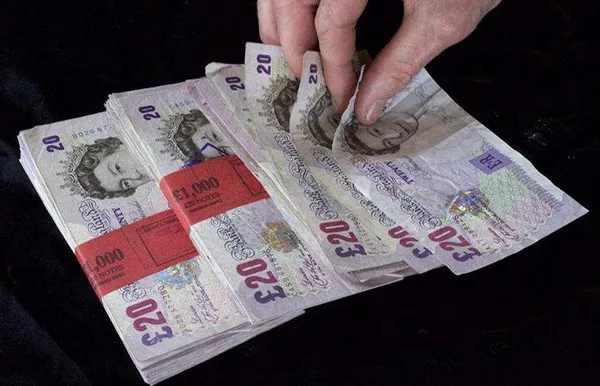The pound sign, also known as the number sign or hash symbol, is a symbol (#) used in many contexts. It has a long and fascinating history that spans several centuries and has evolved over time to become one of the most widely recognized symbols in the world today. In this article, we’ll explore the origins of the pound sign, its various uses, and why it’s still relevant in our increasingly digital world.
Origins of the Pound Sign
The origins of the pound sign can be traced back to ancient Rome, where it was used as an abbreviation for the Latin word “libra pondo,” which means “pound weight.” The symbol was used to denote currency and weight measurements, particularly in trade and commerce. Over time, the symbol became more widely adopted and eventually found its way into other languages and cultures.
During the Middle Ages, the pound sign continued to be used in commercial transactions and was often written as “lb” or “£.” However, the symbol itself did not become standardized until the advent of printing presses in the 15th century. With the rise of printed books and newspapers, printers needed a way to distinguish between different sections of text, and the pound sign became a popular choice for marking headings and subheadings.
Uses of the Pound Sign
Today, the pound sign is used in a wide variety of contexts, both online and offline. Here are just a few examples:
- Hashtags: Perhaps the most well-known use of the pound sign in recent years has been as a hashtag on social media platforms like Twitter and Instagram. When placed in front of a keyword or phrase, the pound sign turns it into a clickable link that allows users to easily find and follow conversations related to that topic.
- Music: In sheet music, the pound sign is used to indicate a sharp note (e.g., C#). This notation tells the musician to play a note that is one half-step higher than the natural note.
- Telephone: In some countries, including the United States and Canada, the pound sign is used on telephone keypads to indicate the end of a sequence of numbers. For example, if you’re prompted to enter your account number followed by the pound sign, you would enter the number and then press the “#” key to signal that you’re finished.
- Mathematics: In mathematics, the pound sign is sometimes used to denote a mathematical operation, such as “x # y” to represent the exclusive OR function.
- Coding: In computer programming, the pound sign is often used to indicate a comment or annotation in the code. These comments are used to explain what the code does or to provide additional context for other programmers who may be working on the same project.
Why the Pound Sign is Still Relevant
Despite its long history, the pound sign has managed to remain relevant in our increasingly digital world. In fact, its use has only increased with the rise of social media platforms like Twitter and Instagram, where hashtags have become an integral part of online communication.
- One reason for the continued relevance of the pound sign is its versatility. As we’ve seen, it can be used in a wide variety of contexts, from denoting sharp notes in sheet music to marking the end of a telephone number sequence. This flexibility has made it a popular choice for designers and marketers looking to create unique visual elements in their work.
- Another reason for the pound sign’s enduring popularity is its simplicity. Unlike some other symbols (e.g., the ampersand or the asterisk), the pound sign is easy to type and doesn’t require any special keyboard shortcuts or alt codes. This ease of use has helped to make it a ubiquitous symbol, appearing everywhere from social media posts to email subject lines.
Conclusion
The pound sign may have humble origins as an abbreviation for “pound weight,” but it has certainly come a long way since its early days. Today, it’s a symbol that is recognized and used by millions of people around the world, from musicians and mathematicians to social media mavens and computer programmers. Its versatility and simplicity have helped it remain relevant in an increasingly digital world, and it shows no signs of slowing down anytime soon. Whether you’re using it as a hashtag or denoting a sharp note in sheet music, the pound sign is a symbol that is here to stay.


